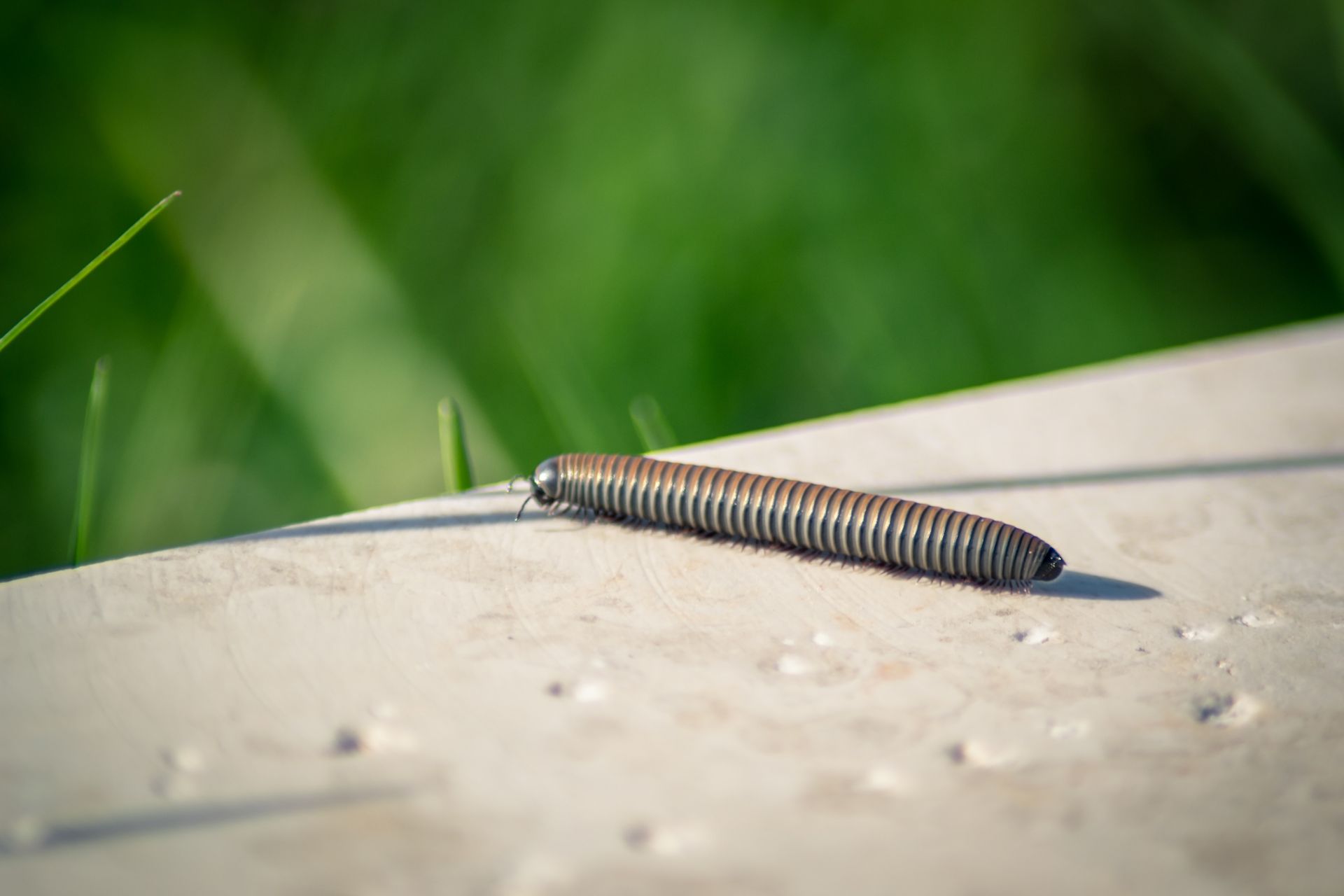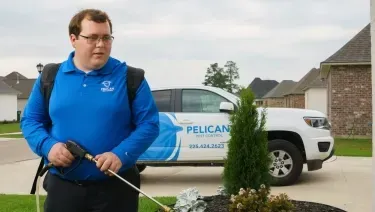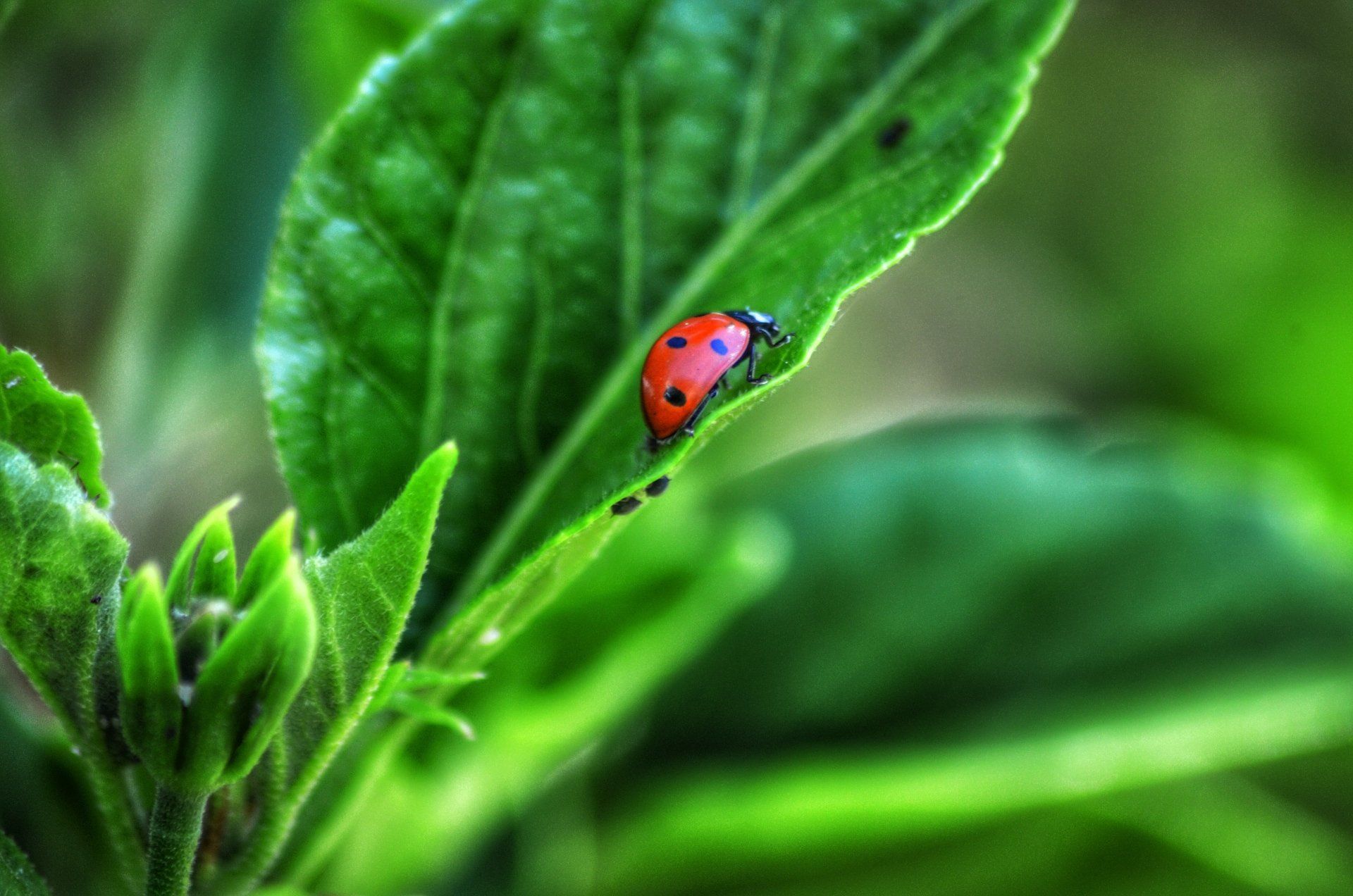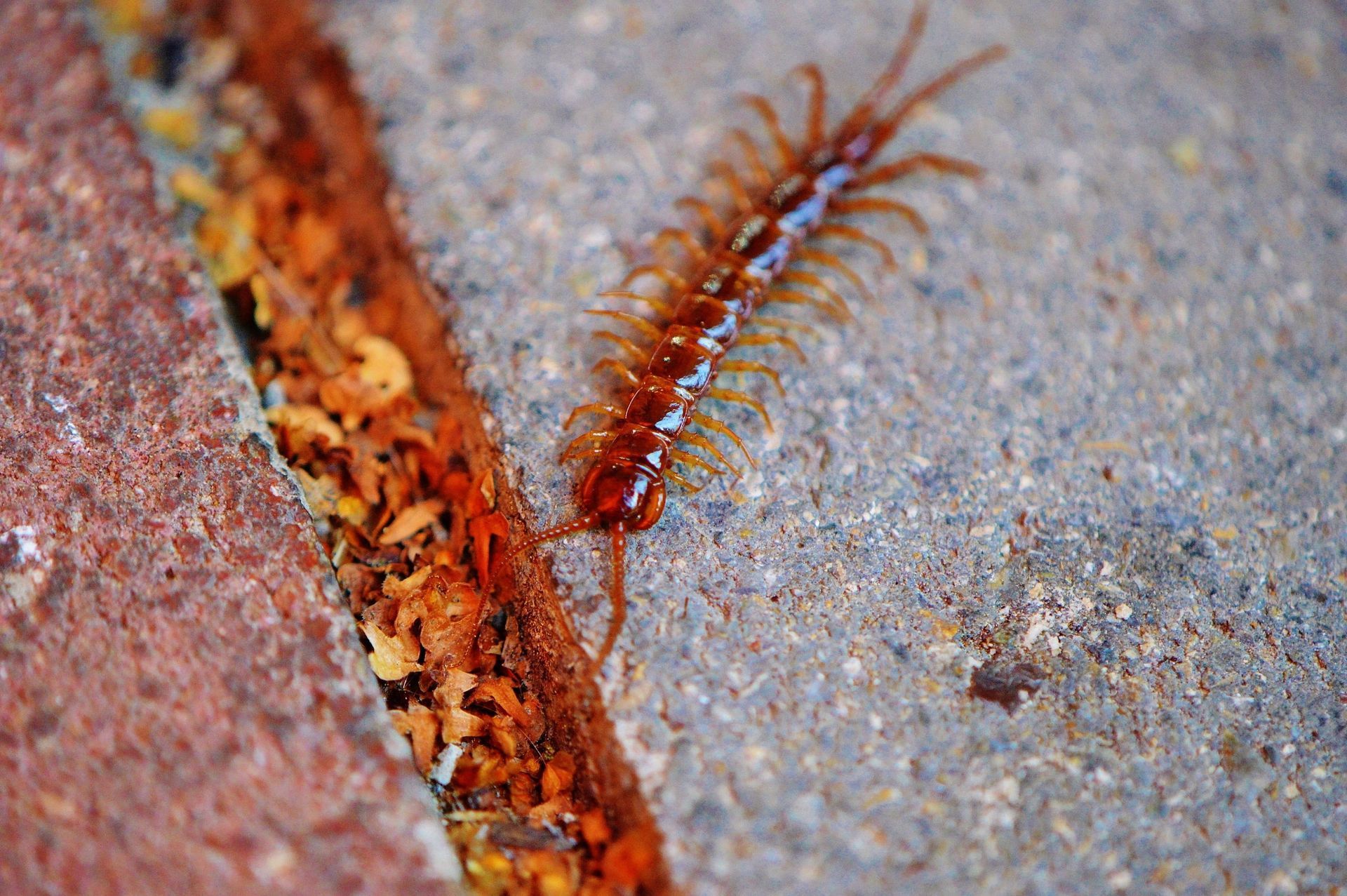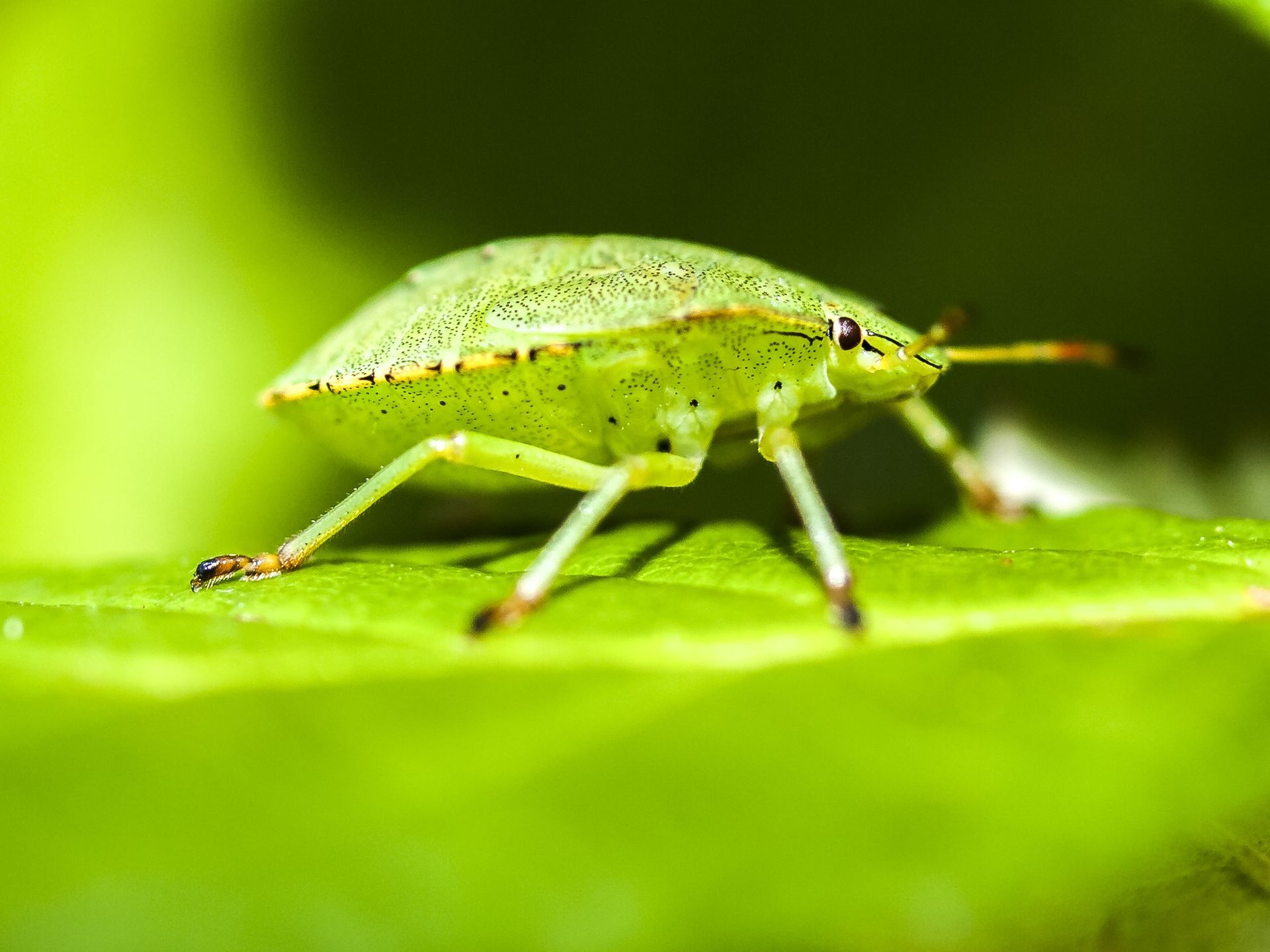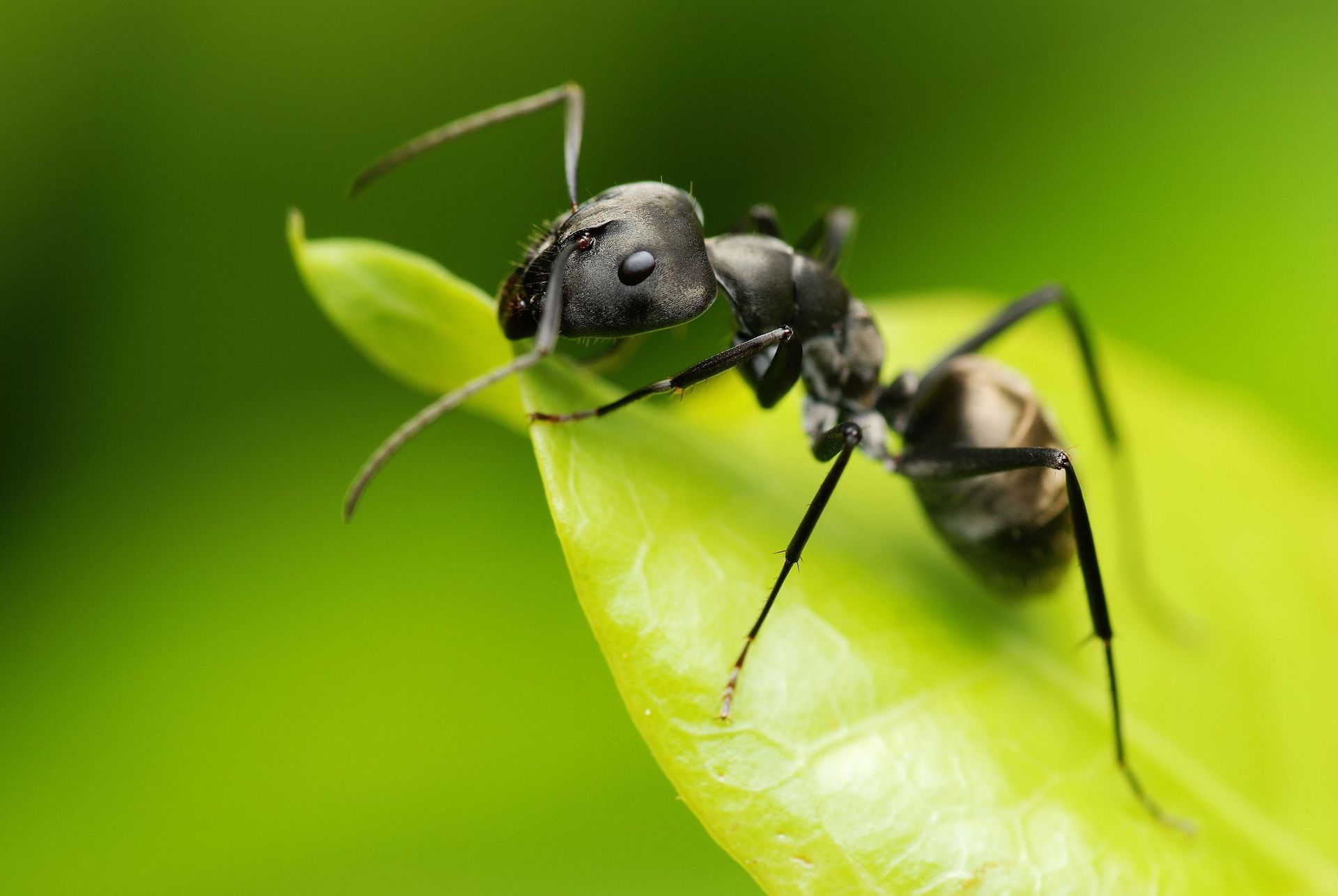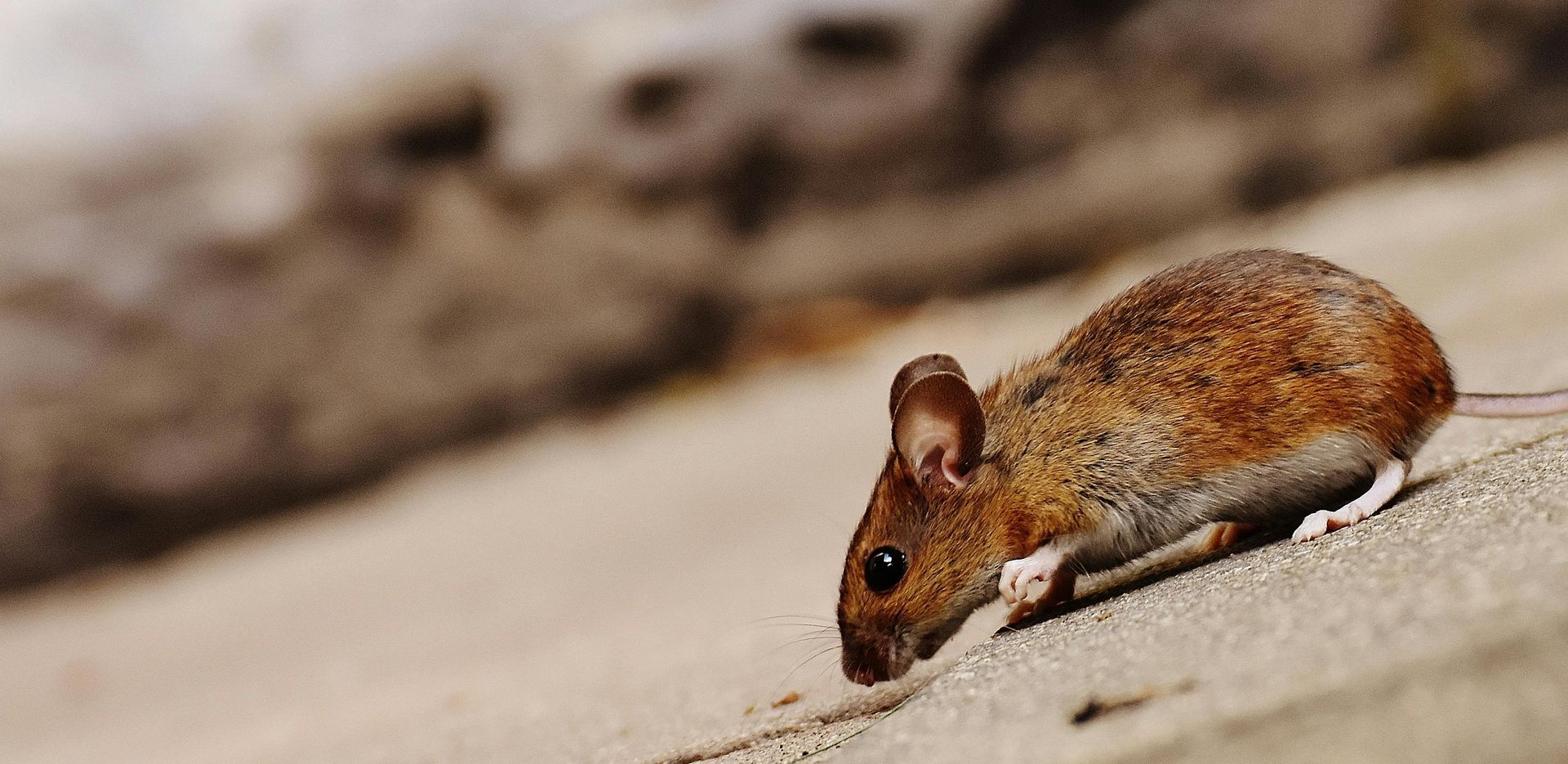Safe and Effective Hornet Control Methods
Ensuring Safety with Effective Hornet Control Techniques
Introduction:
Hornets, a type of wasp, can pose a significant threat to humans and pets due to their aggressive nature when feeling threatened. With their ability to construct large nests, understanding safe and effective methods for hornet control becomes paramount.
In this blog post, we will explore various approaches to safely and effectively manage hornet infestations in your home or yard.
Effective Methods for Hornet Control: Ensuring Garden and Home Safety
Controlling hornets is vital to safeguard your garden and home. Effective methods include non-toxic traps, nest removal, fogging, insecticide dust treatment, and preventive measures. Remember to wear protective gear, follow instructions, and avoid harsh chemicals. While hornets are beneficial, population control is necessary when they pose a threat.
Pelican Pest Control provides expert assistance for hornet issues. Our experienced technicians assess your property and offer tailored solutions based on nest size, population density, location, and hornet type. Contact us now for an inspection and to discuss our
hornet control services.
What Are Hornets?
Hornets, members of the Vespa genus, are a type of wasp. They typically surpass other wasps in size, measuring 1 to 5 centimeters long. These social insects reside in nests that may house hundreds of individuals. Hornets stand out due to their larger size, brown-yellowish color, and sturdy bodies.
Habitat and Distribution
There are over 20 hornet species worldwide, mainly in the Northern Hemisphere. Some common ones include the Asian giant hornet, European hornet, and bald-faced hornet. Hornets construct nests in trees, bushes, and even human-made structures like homes or sheds. They prefer sheltered areas that offer warmth and protection from predators.
Effective Strategies for Hornet Control and Prevention
Non-Toxic Hornet Traps
Non-toxic hornet traps effectively control hornet populations without harming bees or other insects. Designed with plastic and bait to attract hornets, these traps prevent their escape, leading to their eventual demise. Regularly checking and disposing of dead hornets and bait ensures the traps' effectiveness in controlling their spread.
Removal of Hornet Nests
Remove hornet nests to protect your garden and home from infestation. Locate nests by following hornet flight. Treat nests at night when hornets are less active. Wear protective gear and use non-toxic sprays or insecticides. Avoid water or flashlights to prevent hornet attacks.
Fogging Hornet Infestation
Fogging effectively treats hornet infestations by dispersing insecticide, killing multiple insects at once. Perform fogging at night when hornets are less active. Follow instructions and wear protective gear.
Insecticide Dust Treatment
Insecticide dust is effective for hornet control as it can penetrate gaps and nest openings. Apply it at night, wear protective gear, and inject directly into the nest. Be cautious as the dust may agitate the hornets, increasing their aggression.
Preventive Measures
To prevent hornet infestation, cover food and drinks outdoors, seal gaps in your home, and keep your property clutter-free. Hornets are drawn to sweetness and thrive in nests within gaps or holes. Regular inspections help maintain a hornet-free environment.
Call a Professional
If you're not comfortable dealing with hornet control, it's best to call a professional. A pest control expert has the knowledge and experience to safely remove nests and manage hornet populations in your home or yard.


